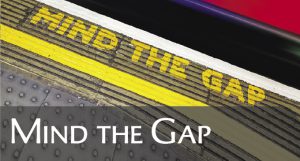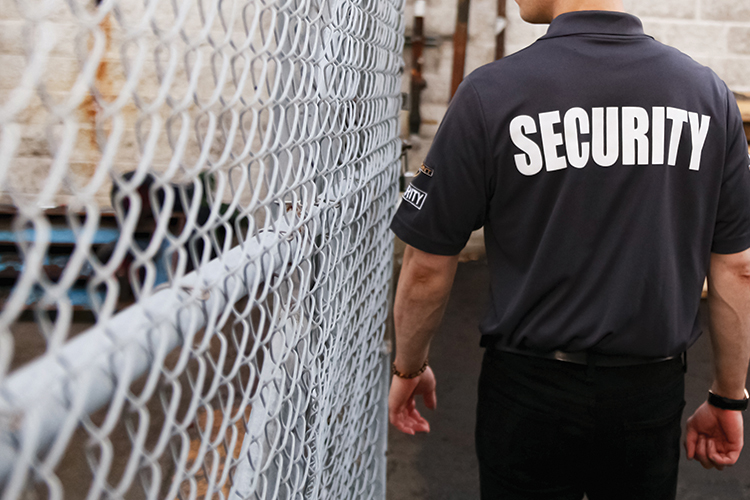A NEW PERSONAL LINES COVERAGE CHALLENGE: E-BIKES
There is no uniform answer to convey
how coverage is provided
By Marc McNulty, CIC, CRM
According to the BBC, a COVID-fueled “bicycle boom” began in 2020, with demand for the classic mode of transportation skyrocketing in response to public transportation anxiety. The two-wheeled manual mode of transportation also allowed users to get in exercise that may otherwise have been absent from their daily routine.
However, the e-bike soon emerged as an option for those who were more concerned with getting to their destination rather than counting their calories.
Despite their innocuous appearance, e-bikes present quite the insurance challenge for many personal lines carriers. Our own agency’s research, spearheaded by Account Manager Kathy August, found a concerning disparity regarding how carriers will cover this exposure.
Some carriers are crafting homeowners insurance endorsements to cover e-bikes, while others already cover them. Personal liability coverage may or may not be included.
A few carriers will cover e-bikes under a personal articles policy, while others will cover them under a motorcycle policy.
In short, if you take a call from a client who needs to promptly cover an e-bike, there is no uniform answer to convey how coverage is provided.
An overview
E-bike manufacturers are required to classify their bikes into one of three categories: class 1, 2, or 3. These classifications assist consumers with understanding the capabilities of various models in the marketplace.
Class 1 e-bikes have a top speed of 20 MPH and the electric motors on these types of models work only while the rider is pedaling. Class 2 e-bikes also have a top speed of 20 MPH, but they feature a throttle that can be used when the rider isn’t pedaling the bike.
Class 3 bikes have a top speed of 28 MPH and may or may not have a throttle that is separate from the pedal-assist motor.
In one instance, we discovered that a carrier will offer coverage for e-bikes that feature only pedal assist—Class 1 and Class 3 e-bikes—but not for the Class 2 variety.
ISO exclusions
Carriers utilizing ISO homeowners forms will exclude coverage based on the “motor vehicle” definition that is found in the 03 22 versions of the HO 00 03, HO 00 04, HO 00 05, and HO 00 06:
“Motor vehicle” means:
a. A land or amphibious vehicle that is self-propelled or capable of being self-propelled.
Since a motor is what differentiates e-bikes from traditional bikes, the self-propelling characteristic of them means that they are excluded from property coverage (unless one can prove after a loss that they are used solely to service a residence or designed to assist the handicapped).
The motor vehicle liability exclusion in these forms provides a carve-back for battery-powered motor vehicles designed as toy vehicles for children under seven years of age, provided the vehicle doesn’t exceed five miles per hour. E-bikes are designed for children and adults alike, and reach speeds between 20 and 28 MPH, so the liability exclusion would certainly apply.
However, the 03 22 edition of the HO 24 13 endorsement—Incidental Low Power Recreational Motor Vehicle Liability Coverage—might provide liability coverage when endorsed onto a homeowners policy.
The word “might” is emphasized because this endorsement extends personal liability to vehicles designed for recreational use off public roads and are not built to exceed 28 MPH on level ground. A claims adjuster may take issue with whether e-bikes are designed for recreational use off public roads.
Since a motor is what differentiates e-bikes from traditional bikes, the self-propelling characteristic of them means that they are excluded from property coverage … .
Non-ISO homeowners options
One national carrier offers the option to schedule e-bikes as “motorized bicycles” onto their scheduled personal property endorsement. The form provides coverage for:
[B]icycles which can be propelled by pedal power and which also have a motor attached designed for, pro-pulsion assistance, or which can be used as the primary source of propulsion, regardless if such motor is being used or not at the time of the loss.
However, the endorsement doesn’t provide liability coverage. This obviously poses a significant problem if the rider causes bodily injury or property damage to another party.
Another national carrier has language endorsed onto one of their homeowners policy forms that modifies the base contract by providing property and liability coverage for e-bikes and other low-powered vehicles.
They add back property coverage by modifying their carve-back language that is included in the list of personal property items that are not covered. The following language is added to what is covered:
[U]p to $3,000 for electric bikes, scooters, hoverboards, or other similar electric or battery powered vehicles designed, manufactured, and/or altered to be operated for speeds up to 28 mph.
The same language is then added to the personal liability carve-back language pertaining to motorized vehicles.
The problem with this is that a $3,000 property limit applies, and a quick online search reveals that there are models that exceed $8,000 in cost. In addition, covered property losses are subject to the policy’s property deductible, so a claim check might be smaller than expected for a covered loss to an e-bike.
Auto/motorcycle options
The same carrier offering the $3,000 limit under their homeowners policy offers an option to insure such vehicles under their motorcycle insurance program. This is their preferred method of insuring such vehicles, as coverages can be tailored to the needs of the insured.
We found a different national carrier focusing primarily on specialty products that also offers the option to insure e-bikes under their motorcycle program. However, their underwriting guidelines allow for a top speed of 25 mph, so Class 3 e-bikes may have slightly too much power to fit into their program.
As one can imagine, we also found other carriers who currently don’t have an appropriate option to cover this new type of exposure. Insurance companies are notoriously slow to create coverage forms that properly address new or emerging exposures. Examples include coverage gaps in transportation networks like Uber and Lyft and home rental coverage via online accommodation services such as Airbnb or VRBO.
However, with enough data and time, your carriers will provide you with options for your clients. As has been the case with other coverages we’ve reviewed, reach out to your underwriters, explore your company manuals and coverage forms, and do your own research to find out what’s available to you and your insureds.
The author
Marc McNulty, CIC, CRM, is a principal at The Uhl Agency in Dayton, Ohio, and has been with the agency since 2001. He divides his time among sales, marketing, technology and operational duties. You can reach Marc at marcmcnulty@uhlagency.com






